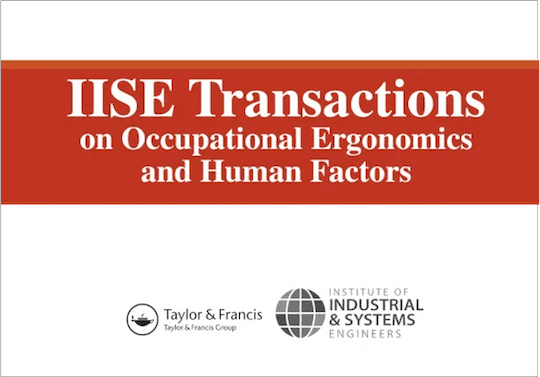

Musculoskeletal Health & Performance
Occupational Injury Prevention
Occupational Injury Prevention
In Vivo Changes in the Lower Extremity Joints and Muscles during Prolonged Standing
Funded by a NIOSH Mentored Research Scientist Development Award (K01), this study was focused on the important issue of injury and discomfort related to prolonged standing. Prolonged standing in the workplace is a significant ergonomic problem that is directly linked to musculoskeletal injuries, health problems, and high economic costs. The general hypothesis of this study was that prolonged standing impacts tissues within the joint and muscles, which in-turn results in increased pain and risk of injury. However, the specific changes that occur during standing are not, as of yet, understood. The project objective was to investigate the impact of prolonged standing on in vivo changes in articular cartilage deformation within the knee joint and lower extremity muscle characteristics. A second objective was to investigate the impact of human and environmental factors on these effects. Novel and innovative methodologies including dynamic stereo x-ray, near-infrared spectroscopy, electromyography, and biomechanical analysis were employed to assess the effect of prolonged standing on measures of joint and muscle injury risk. Additionally, the impact of obesity and flooring on these novel objective measures was examined.
People


Publications

Peer-Reviewed Article
2019
IISE Transactions on Occupational Ergonomics and Human Factors
A Novel Method of Analysis for Prolonged-Standing Data: Accounting for Joint and Muscle Discomfort

Peer-Reviewed Article
2019
Journal of Sports Science and Medicine
The Effect of Prolonged Walking With Intermittent Standing on Erector Spinae and Soleus Muscle Oxygenation and Discomfort
